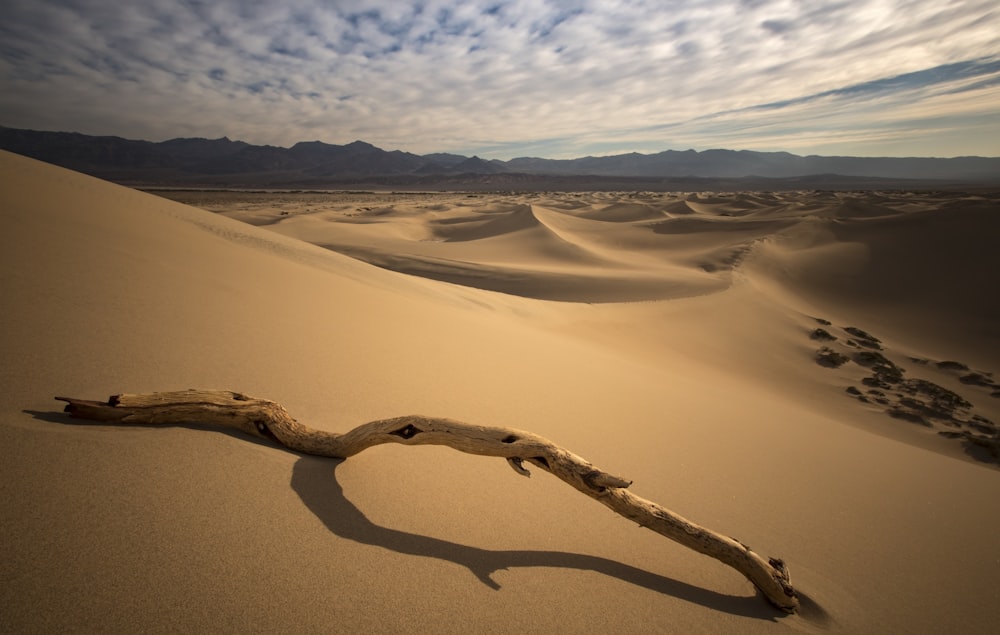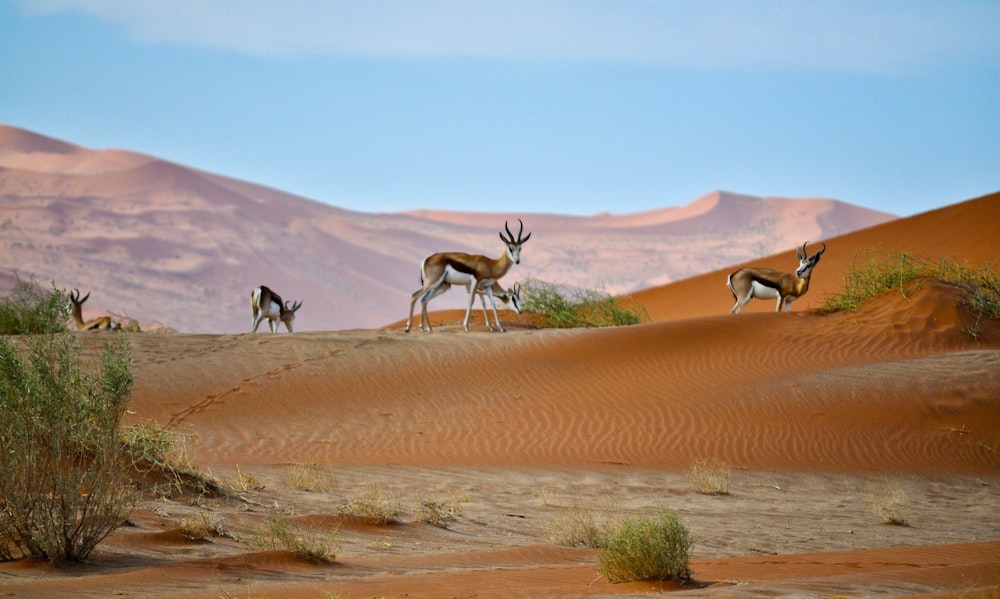Namibian Desert
Some people believe that they are the footprints of the gods. Others think that fairies dance there at night. Some other people suspect that UFOs come there. But to date, no one has been able to explain the millions of spherical shapes built on the Namibian Desert.

Hard desert
The Namibian Desert off the Atlantic coast of Southwest Africa is one of the driest places on Earth.
In the local Nama language, it means- “The area where there is nothing.“
This terrain resembles the surface of Mars. There are sand dunes, rugged mountains, and gravel plains spread over 81 thousand square kilometers of 3 countries.
50 million years old Namibian Desert is considered to be the oldest desert in the world. The Sahara Desert dates back only to 20 to 7 million years. In summer, the temperature here often reaches 45 ° C and the nights are so cold that the snow freezes.
Also read – Places where Sun Never Sets
It is one of the most inaccessible areas of the earth in terms of the settlement, yet many species have made it their home. In this process, some strange landscapes have been created, which surprises the experts.
The Namibian Desert extends 2,000 kilometers from southern Angola through Namibia to the northern part of South Africa. It dramatically meets the sea on the long Atlantic coast of Namibia. It seems as if there is an endless sea of sand stretching towards the east, which goes to a huge slope within 160 kilometers of South Africa.
Animal at Desert

The driest parts of the Namibian Desert receive an average of only 2 millimeters of rain a year. Many years it does not rain at all. Nevertheless, oryx, springbok (both species of deer), cheetah, hyena, ostrich and zebra have adapted themselves to the harsh conditions here.
Ostrichs increase their body temperature to reduce water loss.
Also, Read – Places You are not Allowed to Visit
Hartman’s mountain zebra is a skilled climber who has adapted himself to the rugged terrain of the desert.
The oryx can survive for weeks by consuming only the roots and tubers of the plant without drinking water.
Hell’s Door

The most murderous area of the Namib Desert is filled with rusted hulls of sand dunes and broken ships. Spread over an area of 500 km on the Atlantic coast, this area is known as Skeleton Beach.
Stretching from southern Angola to central Namibia, the area is littered with countless skeletons of whales and the wreckage of about 1,000 ships, which have accumulated over the past several centuries.
This skeletal coast is often covered with dense fog, which is formed by the cold Banguela current of the Atlantic and the warm winds of the Namib Desert.
It is difficult for sea ships to overcome this fog. Local San people say that God has made this area in anger.
Portugal’s famous sailor Diago Cao stayed on the Skeleton coast for some time while walking along the west coast of Africa in 1486 AD.
Cao and his people set up the cross there, but under difficult conditions, they could not last long.
On the go, he named this place “the door to hell”.
Magnificent sand dunes
Tourists come to see the sand dunes around the Saussvelle. This pan of salt and mud is in the center of Africa’s third-largest national park spread over 50 thousand square kilometers.
Sand dunes are everywhere in Namib, but their color is dark orange around Saussvelle.
This color is actually of rust. Here the concentration of iron in sand is very high, which is oxidized.
Some of the sand dunes here are the tallest in the world. The height of some mounds is up to 200 meters. To the north of Saussvelle, a mound is about 400 meters high.
Among the many Namib’s puzzling puzzles, the biggest puzzle is a landscape called “fairy ring”.
There is no plant in round circles surrounded by grass of a particular species. There are millions of circles all over the Namib Desert that have baffled experts for many decades.
Round spots on the desert
It is best to see these circles from the sky. These circles are seen everywhere in the endless desert of Namib, which at times look like smallpox spots.
These circles are also found in the gravel plains and also on the sand dunes. Everywhere their structure remains the same.
In central Namib, the diameter of the enclosure ranges from 1.5 m to 6 m. In northwestern Namibia, they can grow up to four times this. The diameter of the circles there can be up to 25 meters.
Four years, it was believed that these rings of fairies are only in Namibia. In 2014, environmental scientist Bronwyn Bell found similar circles in the Pilbara region of Western Australia.
Surprised by these magnificent figures, Bell approached the ecological scientist of Germany Stefan Getzin, and shared his discovery.
The enclosures found in Australia are similar to the enclosures in Namibia, but the soil structure of the two places is different. This further baffled scientists.
Footprints of the deity?
Experts are baffled at solving puzzles surrounding the “fairies” circle, but Namibian locals knew about these shapes long back.
The local Himba people believe that they have been made by spirits and they are the footprints of their deity Mukuru.
To solve the mystery of the shapes, some experts of mathematics tried to understand by making models whether these rings are formed in a pattern.
But Hen Schultz, owner of the Rostock Ritz Desert Lodge outside the Namib-Naukluft National Park, says locals believe that these mysterious figures are made up of UFOs or fairies dancing at night.
The truth is there
Till date, no general theory to explain these circles has been revealed.
In recent years, scientists from Namibia, Germany, USA and other countries have started work on these together.
Scientist Eugene Marais of the Gobabeb-Namib Research Institute, built in the middle of the desert, says that two major theories emerge from the acute shortage of water in Namib.
Some research suggests that these circles are caused by termites, which keep on searching for water and nutrients from the ground.
By eating the roots of the plant, they create an empty space under the ground, which makes it easy for the rainwater to reach inside the earth.
According to this theory, termites survive through the year by drinking water from underground sources.
The second theory is that the flora itself manages it. Grass plants also need water and nutrients. Their roots compete with each other for this.
The barren spherical area acts like a reservoir from which they take water and nutrients.
Unseen puzzle
After years of drought, the grasses dry up and fade away slowly. Marais explains another puzzle. That is, whenever it rains, suddenly these circles reappear like magic.
According to Marais, research on these fairy circles of Namib has mainly focused on the circles found on gravel plains or sand dunes.
In order to fully understand these shapes. They feel that research needs to be given both places simultaneously.
Marais feels that these mysterious circles are formed by a gathering of reasons, not one. But what are those reasons, it is still a mystery.

